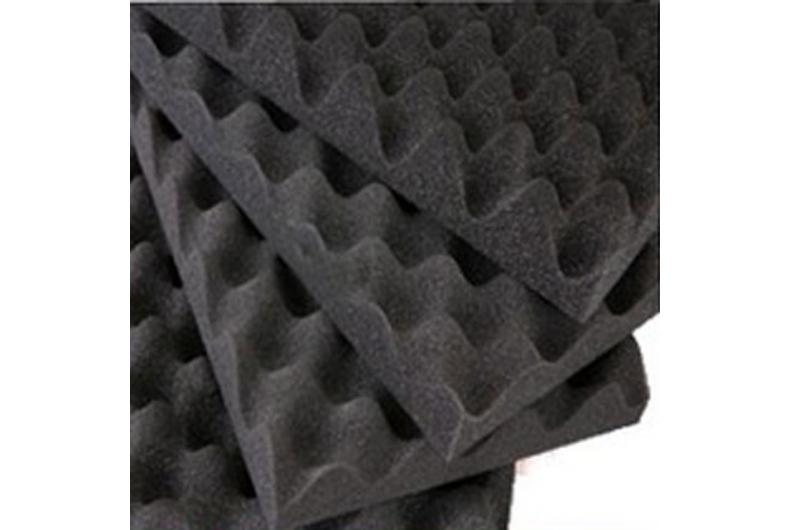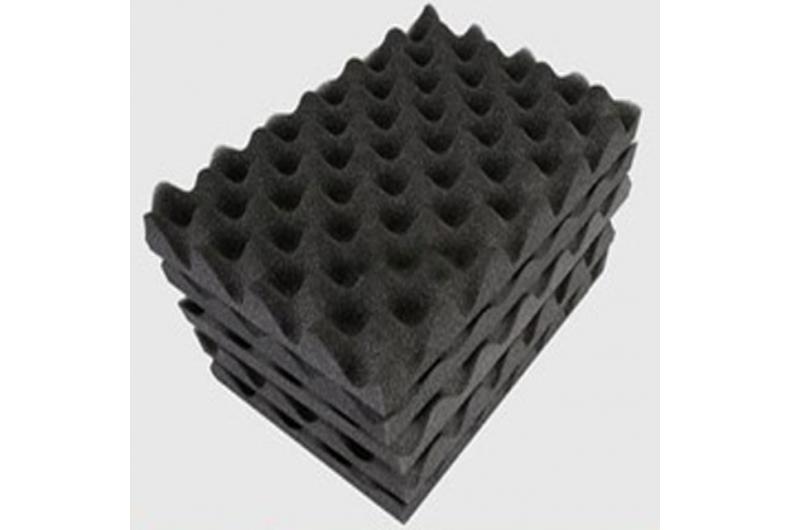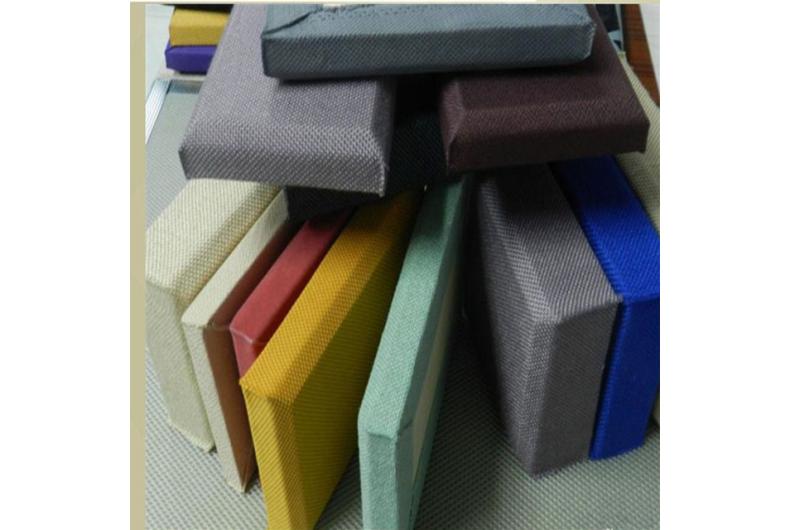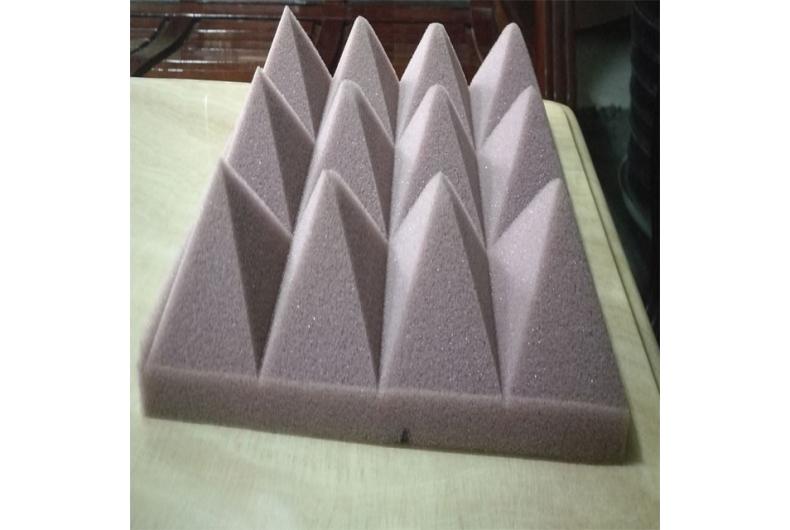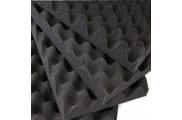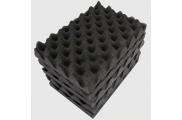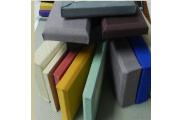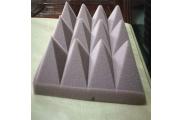Product Description
Title: The Ultimate Guide to Sound-absorbing Cotton
Introduction:
Sound-absorbing cotton is a highly efficient material used in various applications to reduce noise pollution and improve acoustic environments. Its exceptional sound-absorbing properties make it a popular choice for architects, engineers, and designers. This article will delve into the basics of sound-absorbing cotton, its advantages, and its wide-ranging applications.
What is Sound-absorbing Cotton?
Sound-absorbing cotton is a type of acoustic insulation made from natural fibers, such as cotton, wool, or rayon. It is characterized by its porous structure, which enables it to absorb sound waves effectively. The fibers themselves do not actively block sound but rather absorb and convert sound energy into heat, resulting in a significant reduction in noise levels.
Why Choose Sound-absorbing Cotton?
There are several reasons to choose sound-absorbing cotton for your acoustic solutions:
1. Efficiency: Sound-absorbing cotton is an excellent material for noise reduction, as it has a high absorption coefficient. This means that it can absorb a large percentage of sound waves, resulting in quieter environments.
2. Versatility: Sound-absorbing cotton can be used in a variety of applications, including walls, ceilings, floors, and even acoustic panels. Its compatibility makes it a popular choice for architects and designers.
3. Environmental Friendliness: Sound-absorbing cotton is typically made from natural fibers, which are renewable and sustainable. This makes it an eco-friendly solution for noise reduction.
4. Fire Resistance: Many sound-absorbing cotton products offer fire-resistant properties, which can provide an additional layer of safety in commercial and residential spaces.
5. Easy Installation: Sound-absorbing cotton is relatively easy to install, making it a convenient option for contractors and DIY enthusiasts.
Applications of Sound-absorbing Cotton:
Sound-absorbing cotton is widely used in various industries, including:
1. Construction: It is commonly used in residential and commercial buildings to improve indoor acoustic environments.
2. Automotive: Sound-absorbing cotton is used in cars and trucks to reduce noise levels inside the cabin.
3. Electronics: It is incorporated into audio speakers and headphones to enhance sound quality and reduce vibrations.
4. Industrial Plants: Sound-absorbing cotton is employed in industrial settings to reduce noise pollution and protect workers from excessive noise exposure.
5. HVAC Systems: It is used in heating, ventilation, and air conditioning systems to minimize noise transmission.
Conclusion:
Sound-absorbing cotton is a remarkable material with numerous applications in the realm of acoustic insulation. Its high absorption efficiency, versatility, eco-friendliness, and ease of installation make it an ideal choice for architects, engineers, and designers seeking to create quieter and more comfortable spaces. With its growing popularity, sound-absorbing cotton is undoubtedly a vital component in the fight against noise pollution.
